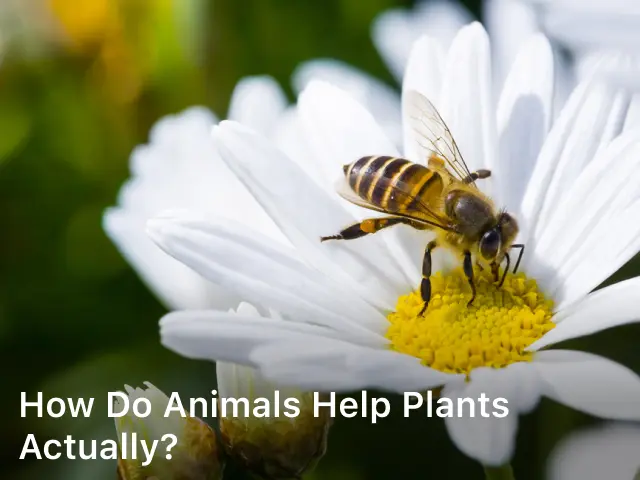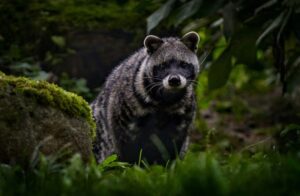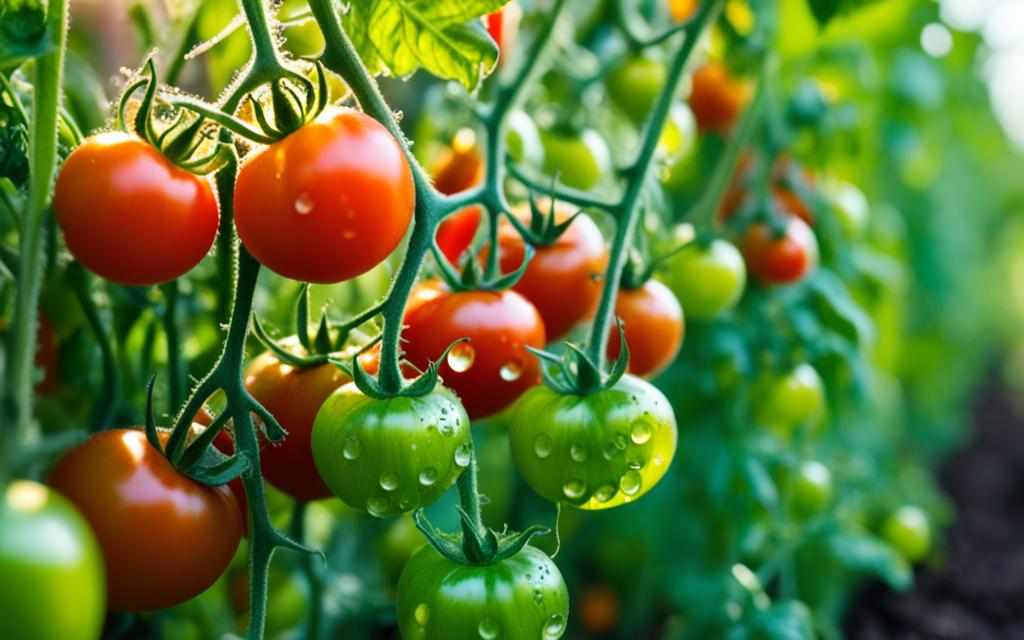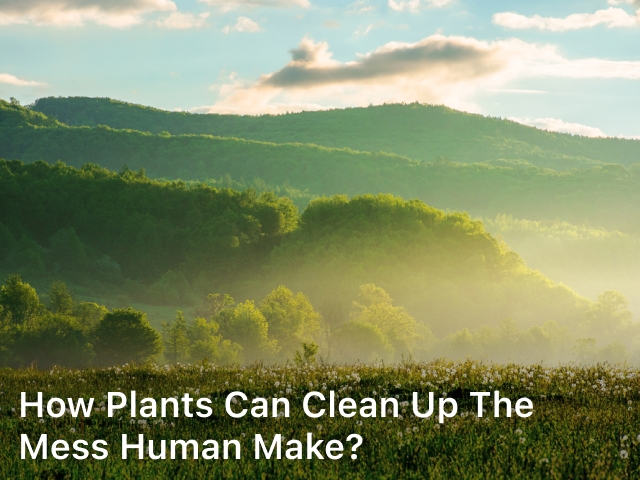How Do Animals Help Plants Actually?

How Do Animals Help Plants Actually? – Discover the fascinating ways in which animals contribute to the growth and well-being of plants. Explore the symbiotic relationship between the animal kingdom and flora.
Nature is a web of interconnected relationships, and one of the most intriguing partnerships exists between animals and plants. When we ask, “How Do Animals Help Plants Actually?” we uncover a world of mutual benefits and co-dependence that sustains life on Earth.
In this article, we’ll delve into the various ways animals play a crucial role in the growth, propagation, and survival of plants. From pollination to seed dispersal, the animal kingdom and flora are deeply intertwined.
Animals as Pollinators
Nectar-Seeking Creatures
Many animals, such as bees, butterflies, and hummingbirds, are drawn to the sweet nectar found in flowers. As they sip nectar, they inadvertently transfer pollen from one flower to another, facilitating cross-pollination, a fundamental process for plant reproduction.
Bats: Nighttime Pollinators
Did you know that some plants rely on bats for pollination? These nocturnal creatures are essential in pollinating night-blooming flowers, like the agave plant, ensuring their survival and genetic diversity.

Seed Dispersal by Animals
The Role of Birds
Birds are avid consumers of fruits and berries. As they feast, they also assist in seed dispersal by transporting seeds to new locations through their droppings. This aids in the growth of various plant species.
Mammals and Seed Scattering
Animals like squirrels and chipmunks store seeds for the winter. However, they often forget some of these seeds, allowing them to germinate and grow into new plants.
How Do Animals Help Plants Actually?
Animals play several important roles in helping plants in various ways. These mutualistic relationships between animals and plants are examples of co-evolution, where both species have adapted to benefit from each other. Here are some ways in which animals help plants:
- Pollination: Many animals, including bees, butterflies, birds, and bats, help plants by transferring pollen from one flower to another. This process is essential for fertilization in many plant species, allowing them to produce seeds and reproduce. In return, animals often receive nectar or pollen as a food source.
- Seed Dispersal: Animals aid in the dispersal of plant seeds. Some animals, like squirrels, store seeds in the ground for later consumption but may forget or not retrieve some of them. These forgotten seeds can grow into new plants. Additionally, animals such as birds and mammals eat fruits and then excrete the seeds in different locations, helping plants colonize new areas.
- Nutrient Recycling: Decomposers like insects, earthworms, and microorganisms help break down dead plant material and animal remains, returning nutrients to the soil. These nutrients are then absorbed by plants, supporting their growth and health.
- Protection: Some animals, like ants, form mutualistic relationships with certain plant species. They protect these plants from herbivores by attacking or deterring potential threats. In return, the plants provide shelter or food to the ants, such as nectar or specialized structures for nesting.
- Aeration of Soil: Animals like burrowing mammals (e.g., moles and gophers) help aerate the soil by creating tunnels. This improves soil structure, enhances water infiltration, and provides space for plant roots to grow.
- Pest Control: Predatory insects and birds can help control pest populations that might otherwise harm plants. For example, ladybugs are known to consume aphids, which can damage crops.
- Habitat Creation: Plants provide habitat and food for a wide range of animals. Trees, for instance, offer shelter and nesting sites for birds and mammals, while aquatic plants provide breeding grounds and food for various aquatic species.
- Mutualistic Relationships: Some plants have evolved specialized adaptations to attract specific animals for pollination or other services. For example, orchids often have intricate flower structures that can only be pollinated by certain types of insects.
- Water and Nutrient Transport: In some ecosystems, animals like elephants and rodents play a role in the movement of water and nutrients. They may dig wells or create pathways that help channel water to plants’ roots or redistribute nutrients in the soil.
- Fertilization: Certain animals, such as seabirds and bats, deposit nutrient-rich excrement (guano) in specific areas, which can act as natural fertilizers for nearby plants, enhancing their growth.
In summary, animals and plants have developed intricate relationships over time that benefit both parties. These interactions highlight the interconnectedness of ecosystems and the importance of biodiversity in maintaining the health and functioning of natural environments.
Keep Reading : What Helps Plants Grow Faster
FAQs (Frequently Asked Questions)
How do animals know which flowers to pollinate?
Animals are naturally drawn to the scent and color of flowers. These visual and olfactory cues guide them to the right flowers for pollination.
Can animals harm plants in any way?
While animals are primarily helpful, some can be detrimental. For example, herbivores may munch on plant leaves, but this can also promote new growth in certain cases.
Do all plants rely on animals for pollination?
No, not all plants depend on animals. Some are wind-pollinated, while others self-pollinate, reducing their reliance on external pollinators.
What happens if animals don’t disperse seeds?
Without animals to disperse seeds, some plant species may struggle to reproduce and expand their habitats, potentially facing extinction.
Are there any endangered plants that depend solely on specific animals?
Yes, several endangered plant species rely on particular animals for pollination and seed dispersal, making conservation efforts crucial.
How can we protect these symbiotic relationships?
Conservation of both animal and plant species is essential. Creating and preserving natural habitats ensures these partnerships continue to thrive.
Keep Reading : How Plants Can Clean up the Mess Human Make?
Conclusion
In the intricate tapestry of nature, the question of “How Do Animals Help Plants Actually?” finds its answer in the symbiotic relationships that sustain ecosystems. Animals, knowingly or unknowingly, are vital to the health and growth of various plant species.
As we marvel at the beauty of nature, let’s also appreciate the role animals play in its intricate design. Their contribution is a testament to the interdependence of all life forms on our planet.





